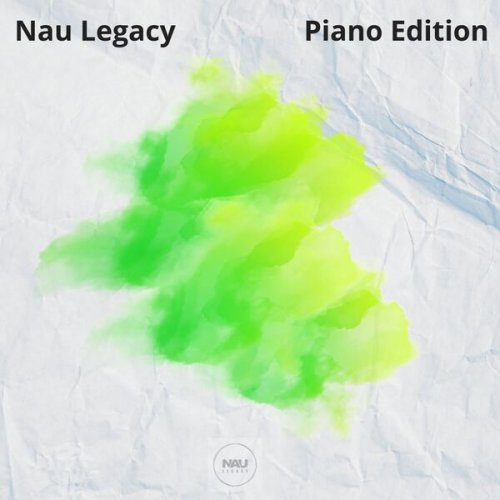VA - Paula Diehl: Separation: Works for Large and Small Ensemble from 1982-2015 (2016) [Hi-Res]
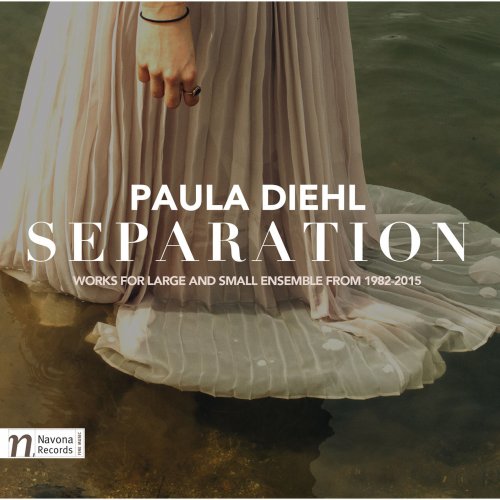
Artist: Various Artists
Title: Paula Diehl: Separation: Works for Large and Small Ensemble from 1982-2015
Year Of Release: 2016
Label: Navona Records
Genre: Classical
Quality: FLAC (tracks) [44.1kHz/24bit]
Total Time: 1:53:09
Total Size: 1 GB / 486 MB
WebSite: Album Preview
Tracklist:Title: Paula Diehl: Separation: Works for Large and Small Ensemble from 1982-2015
Year Of Release: 2016
Label: Navona Records
Genre: Classical
Quality: FLAC (tracks) [44.1kHz/24bit]
Total Time: 1:53:09
Total Size: 1 GB / 486 MB
WebSite: Album Preview
01 Moravian Philharmonic Orchestra Olomouc - In Hand
02 Slovak Radio Symphony Orchestra - I. Andante
03 Slovak Radio Symphony Orchestra - II. Adagio
04 Slovak Radio Symphony Orchestra - III. Adagio
05 Slovak Radio Symphony Orchestra - IV. Andante
06 Slovak Radio Symphony Orchestra - V. Andante
07 Slovak Radio Chorus - On Wisdom
08 Czech Radio Symphony Orchestra - I. Indirect Interlock
09 Czech Radio Symphony Orchestra - II. Indirect Interlock
10 Czech Radio Symphony Orchestra - III. Direct Interlock
11 Czech Radio Symphony Orchestra - IV. Direct Interlock
12 Czech Radio Symphony Orchestra - V. Intervals Separate
13 Slovak Radio Chorus - Prosper the Word
14 Moravian Philharmonic Orchestra Olomouc - I. —
15 Moravian Philharmonic Orchestra Olomouc - II. —
16 Moravian Philharmonic Orchestra Olomouc - III. —
17 Moravian Philharmonic Chamber Players - Gambit: I. —
18 Moravian Philharmonic Chamber Players - Gambit: II. —
19 Moravian Philharmonic Chamber Players - Gambit: III. —
20 Moravian Philharmonic Chamber Players - Gambit: IV. —
21 Bradford Gleim - Wedding Day
22 Moyzes Quartet - I. —
23 Moyzes Quartet - II. —
24 Moyzes Quartet - III. —
25 Moyzes Quartet - IV. —
26 Moyzes Quartet - V. —
27 Chiharu Naruse - Gusts
28 Jonathan Roberts - I. —
29 Jonathan Roberts - II. —
30 Jonathan Roberts - III. —
31 Jonathan Roberts - IV. —
32 Bradford Gleim - Anyone
33 Moravian Philharmonic Chamber Players - Meeting Places
The clichéd trope of the isolated artist toiling over their work in a virtual vacuum, alone and against the trends of the day, is not a new one. But in the case of Paula Diehl, it is as true as it comes.
It isn’t an easy task to be a composer, a job which (to paraphrase Aaron Copland) holds few material rewards, and often even fewer good notices in the paper the next morning – it requires an inner strength and conviction in order to persevere through the challenges, be they artistic, financial, or social.
Diehl’s journey has been one punctuated by this conviction and perseverance. As a female composer whose work began just after the middle of the 20th century, the deck was already stacked against her, and her insistence on the viability of a compositional system she created – a system called “Separation,” involving her deconstruction of musical materials with an emphasis on what she describes as ‘interlocking fourths’ – did not ingratiate her with her peers or teachers.
Yet their skepticism was clearly misplaced. Diehl’s system is one which allows the unique characteristics of each instrument to shine through in explorations of harmonic content and structure, and she has utilized it to its full to create a rich catalog of works for both small and large ensembles.
The double-album SEPARATION is a representative cross-section of Diehl’s music with an emphasis on the last three decades, the period in which her compositional voice flowered most fully. Expansive orchestral scores such as Insiders (1994) and more intimate chamber works like On Course (1984) speak clearly to the singularity of Diehl’s style and provide a nice reminder that it is often those on the periphery, those who are pushed outside instead of welcomed inside, who frequently have fascinating things to say.
It isn’t an easy task to be a composer, a job which (to paraphrase Aaron Copland) holds few material rewards, and often even fewer good notices in the paper the next morning – it requires an inner strength and conviction in order to persevere through the challenges, be they artistic, financial, or social.
Diehl’s journey has been one punctuated by this conviction and perseverance. As a female composer whose work began just after the middle of the 20th century, the deck was already stacked against her, and her insistence on the viability of a compositional system she created – a system called “Separation,” involving her deconstruction of musical materials with an emphasis on what she describes as ‘interlocking fourths’ – did not ingratiate her with her peers or teachers.
Yet their skepticism was clearly misplaced. Diehl’s system is one which allows the unique characteristics of each instrument to shine through in explorations of harmonic content and structure, and she has utilized it to its full to create a rich catalog of works for both small and large ensembles.
The double-album SEPARATION is a representative cross-section of Diehl’s music with an emphasis on the last three decades, the period in which her compositional voice flowered most fully. Expansive orchestral scores such as Insiders (1994) and more intimate chamber works like On Course (1984) speak clearly to the singularity of Diehl’s style and provide a nice reminder that it is often those on the periphery, those who are pushed outside instead of welcomed inside, who frequently have fascinating things to say.
![Club Bolero, Armik - A Day in Brazil (2007) [Hi-Res] Club Bolero, Armik - A Day in Brazil (2007) [Hi-Res]](https://img.israbox.com/img/2025-12/15/5l607nskcv4xb0n237d8ngs7q.jpg)
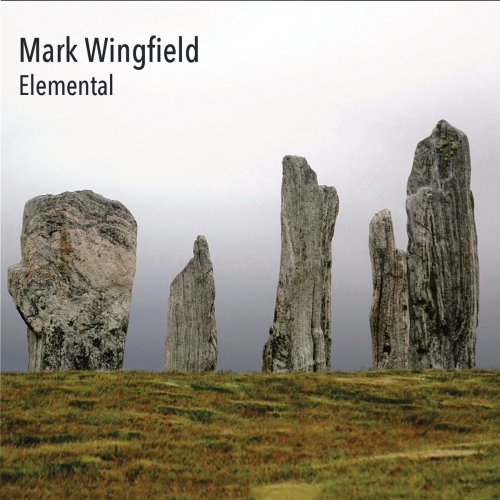
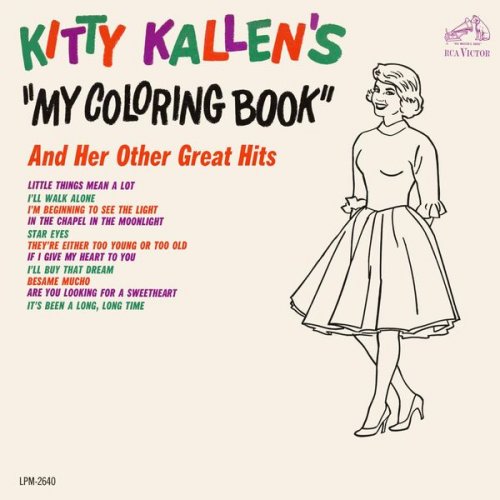
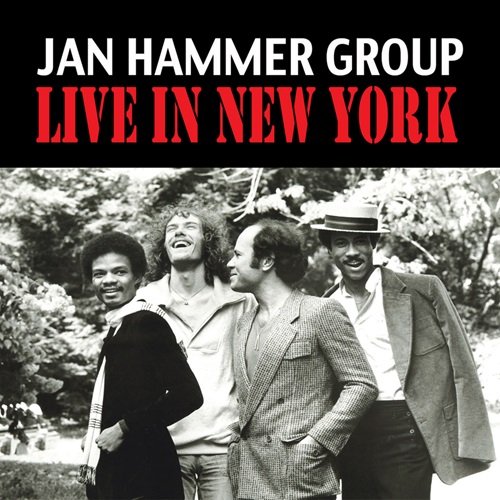
![Bobby Meckam - Trumpet and Jazz in Strings (1981/2025) [Hi-Res] Bobby Meckam - Trumpet and Jazz in Strings (1981/2025) [Hi-Res]](https://www.dibpic.com/uploads/posts/2025-12/1766062047_cover.jpg)
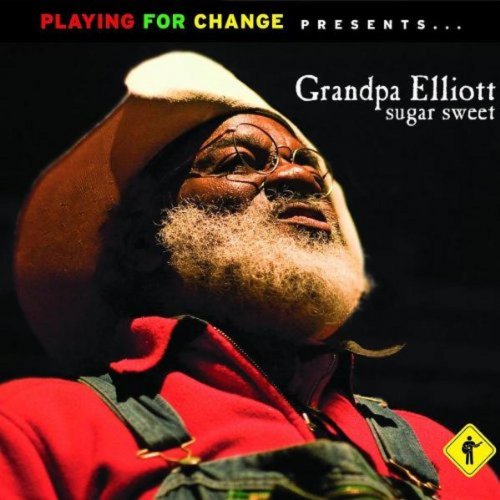

![Paul Mauriat - L'avventura (1972) [Hi-Res] Paul Mauriat - L'avventura (1972) [Hi-Res]](https://img.israbox.com/img/2025-12/19/q8l5an3pdrx7j3uta0q4cr2qi.jpg)
